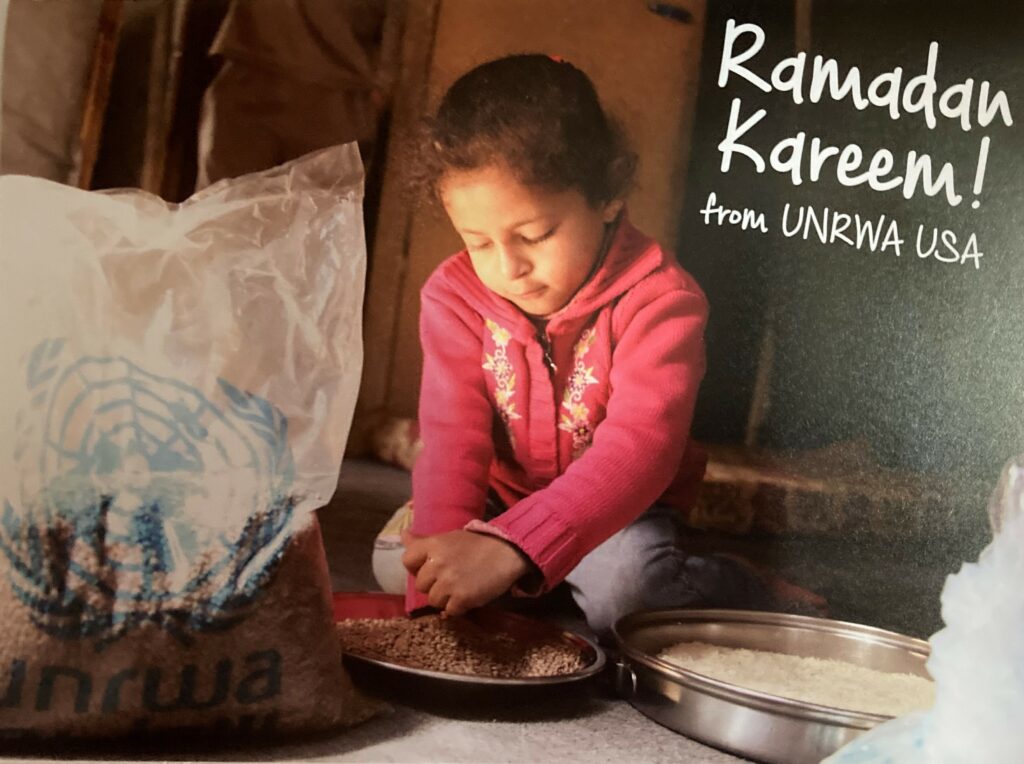There’s every reason your nonprofit should ask donors to make monthly donations. Monthly donors:
Give more. As Sarah Fergusson points out, “Many moderate donors make great candidates for your monthly giving program. For instance, a donor who gives $100 per year may not have the capacity to become a major donor who gives upwards of $1,000 annually. However, they might be able to give $10 a month, increasing your nonprofit’s yearly earnings by $20.” Multiply that by a lot of $100 donors and it adds up!
Keep on giving. Monthly donors rarely become lapsed donors. They renew from year to year. According to Network for Good, Monthly giving programs typically enjoy retention rates over 80% after one year and 95% after five years.
Make additional gifts. People who give monthly donations are among your most loyal supporters. So, as Amy Eisenstein says, “Donors give at modest levels for recurring gifts and at much higher levels for special, occasional projects.”
Contribute a huge amount over a lifetime. Consider this information from monthly giving expert Erica Waasdorp:
Right now, the average recurring donor gives between $24 and $36 a month—that’s $288 to $432 per year! Just think, if they keep giving monthly for 5 years, that’s $1,440 to $2,160. Starting to get really interesting, right?
And that’s not even considering that people who give monthly donations are the most likely group to leave you something in their will!
How Do You Ask for Monthly Donations?
Let’s say you’re convinced that asking donors to give every month is a good thing for your nonprofit–but, you’ve never done it before. How do you begin?
A quick look at my mailbox give us three different ways to ask.
In the postscript
My wife and I support RESPOND, an organization based in Somerville, MA working to end domestic violence. At the end of a fundraising appeal, Jessica Brayden, the CEO of RESPOND, asked us:
P.S. Have you thought about becoming a monthly donor? The sustaining support we received from our monthly donors throughout the Covid-1i pandemic has given us the flexibility to meet the changing and growing needs of survivors. Visit respondinc.org/donate to get started!
What’s great about using this method is that people read postscripts. The P.S. is often the first thing donors look at in your appeal letter–after their own name! So, if you use the P.S. to make it quick and easy to sign up for monthly donations, chances are you will get them.
On a buckslip
You’ve seen those little extra enclosures that some nonprofits tuck into their fundraising appeals, right? The technical term for that piece of paper is a buckslip. It’s called that because historically, it was the size of a dollar bill. No matter what size it is, it can make you big bucks–if you use it to ask for monthly donations.
That’s what Greater Boston PFLAG did. The buckslip they enclosed with their fundraising appeal is 8″ x 5″, it’s entitled OTHER WAYS TO GIVE, and it includes too many things to my mind: Employer Matching Gifts, Bequests, IRA Charitable Rollover, to name a few. But crucially, it tells me:
Monthly Giving
Your monthly gift to Greater Boston PFLAG provides reliable support for our year-round work to create a safe, inclusive, welcoming society for LGBTQ+ people. Check the relevant box on reverse side to give monthly. You can cancel at any time.
In a separate appeal
Does your nonprofit have long-time, loyal supporters? The kind you know will give every year, or twice a year, without fail? These are people who care about your mission. They may be actually looking for more ways to support what you do!
A special appeal letter may be just the right approach to ask these dedicated supporters to start giving monthly donations.
Planned Parenthood took just that approach to ask my wife and me to become monthly donors. Look at what they did:
- Used an unusual size envelope (so it wouldn’t look like regular mail)
- Printed this message on the front of the envelope: “Your Exclusive Invitation Enclosed”
- Explained the program in a letter that called us “supporters who have demonstrated an extraordinary commitment.” (Gee, they noticed!)
- Included a separate note from the President and CEO
- Branded every piece of paper with the words “Monthly Giving Program”–even the reply envelope!
If a donor is giving for the first time, or the second, it’s possible you might want to take a softer approach. The postscript or the buckslip might introduce them to the idea (and some people will accept that introduction right away).
However, if you know that Rona and Dennis Fischman (or a donor on your list) stands with you, has your back, and is in it for the long haul, you should ask them directly to start giving monthly donations. By asking, you are recognizing–and deepening–the special relationship they already have with your nonprofit.


